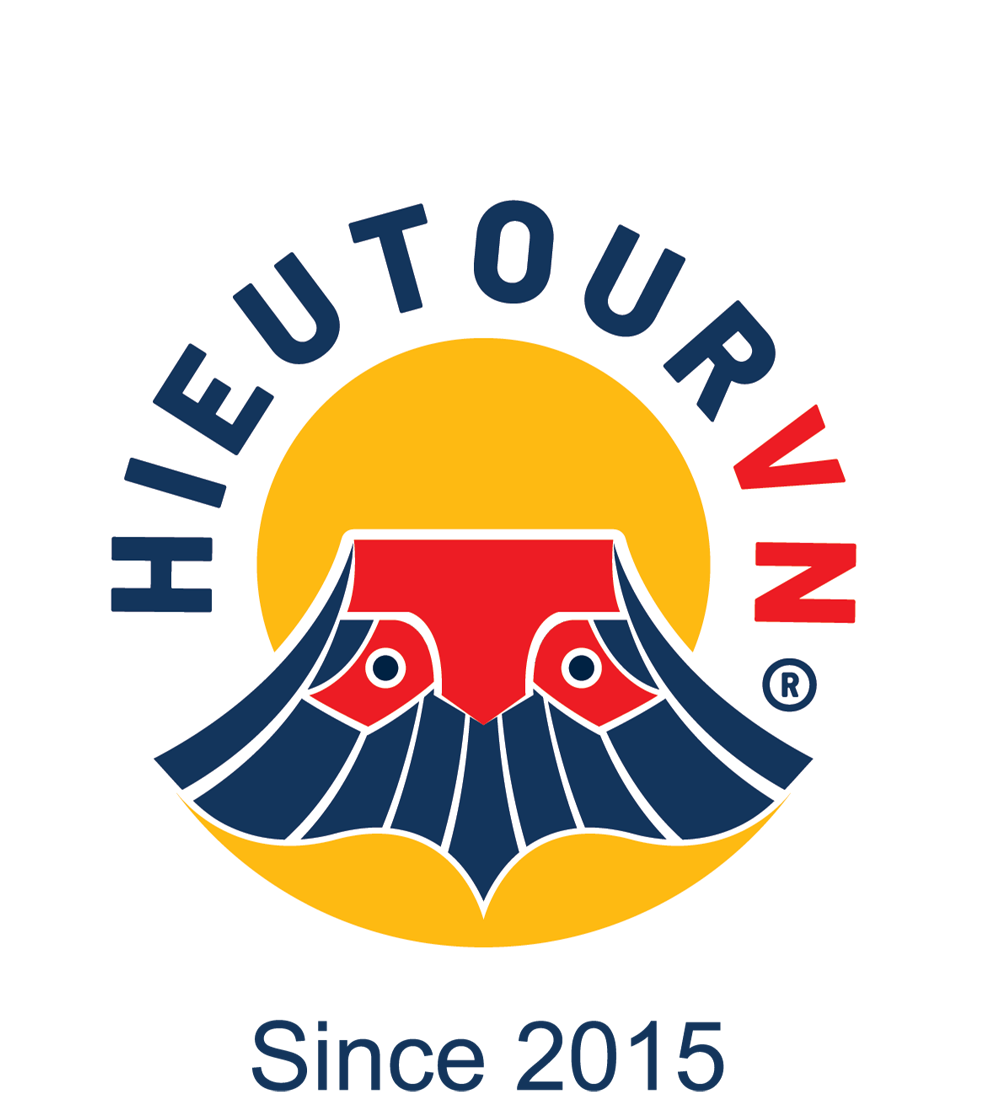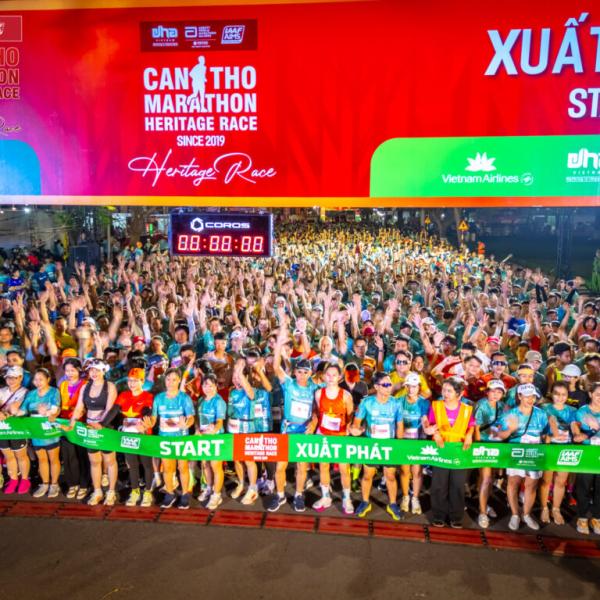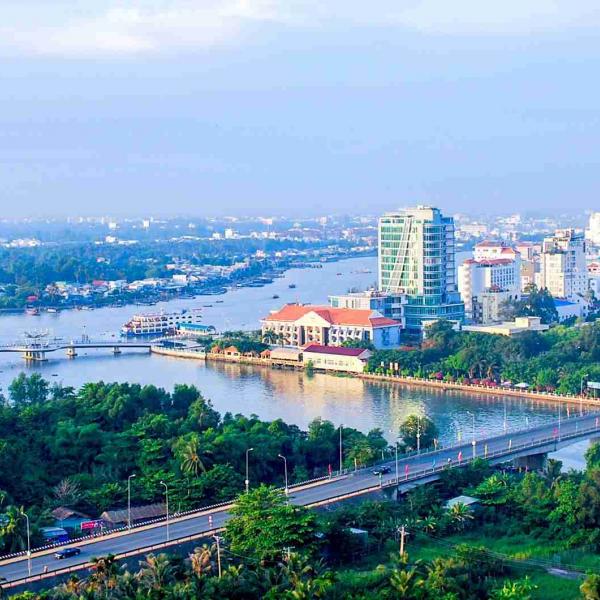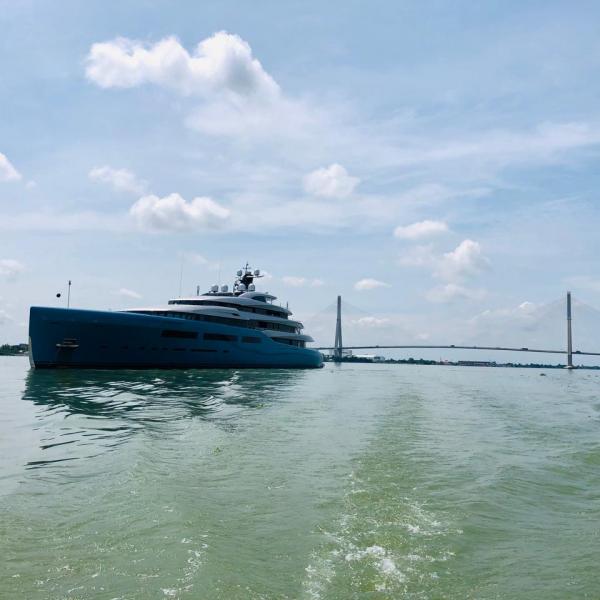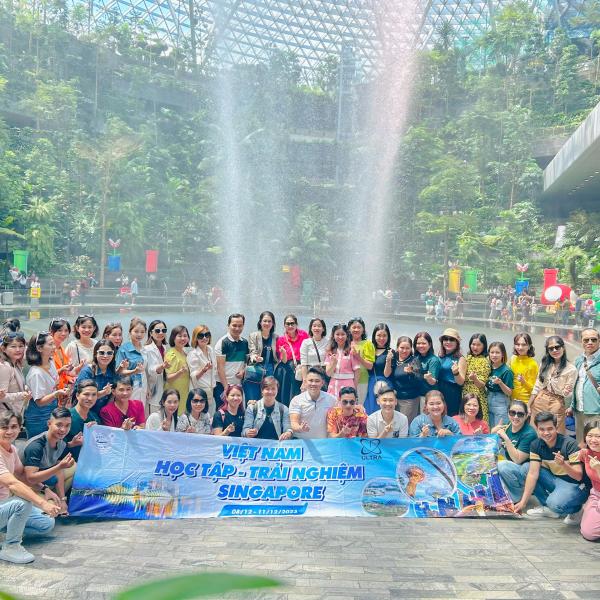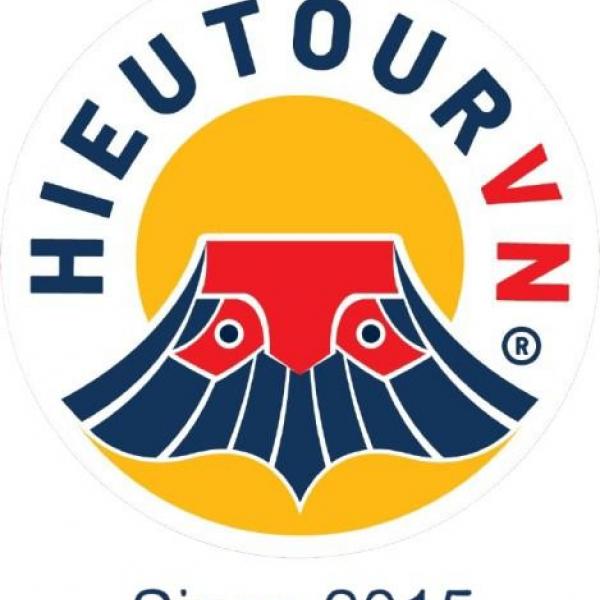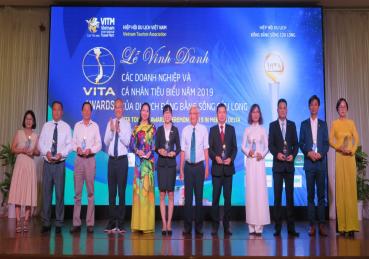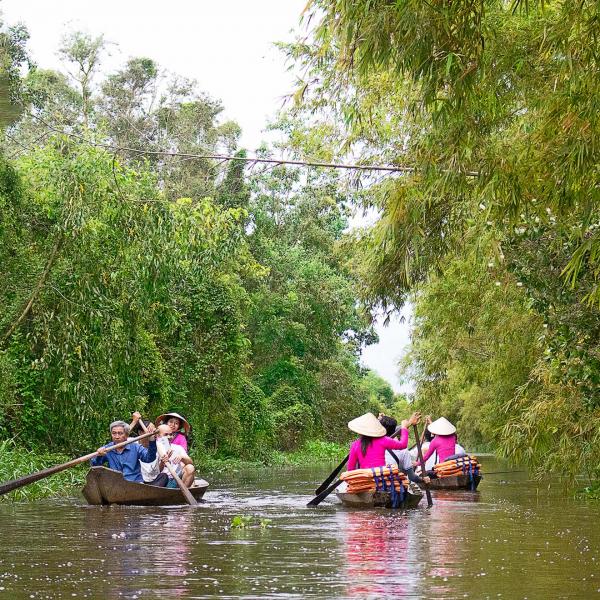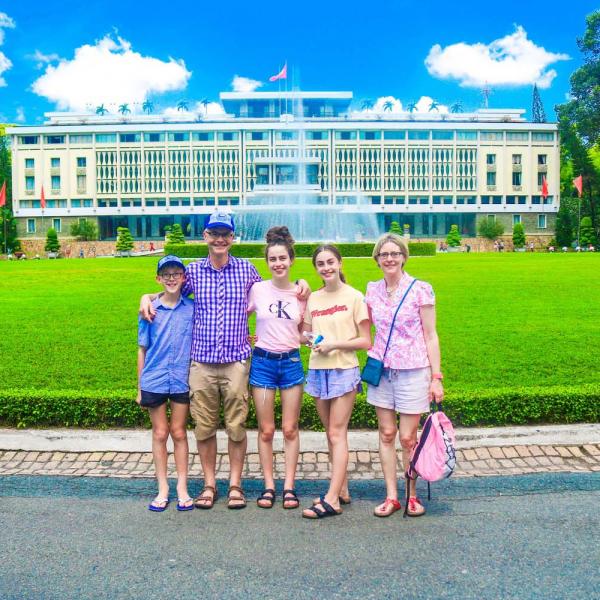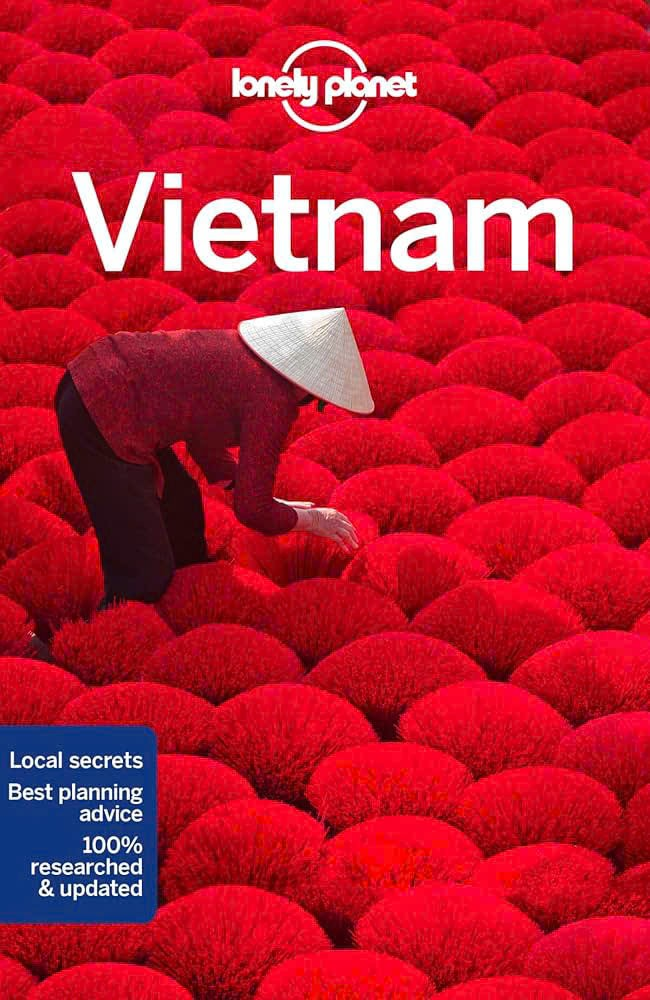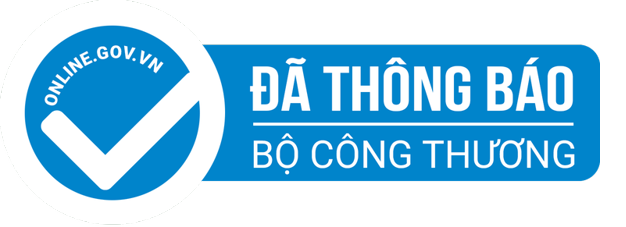On September 2nd, 1945, a new Vietnam was born. On September 2nd, 2025, we mark 80 years of independence eight decades of resilience, unity, sacrifice, and renewal. From the proclamation at Ba Dinh Square to the victories at Dien Bien Phu and the Fall of Saigon, from the difficulties of post-war reconstruction to the dynamism of today’s growth, Vietnam’s journey is nothing short of extraordinary. And for HIEUTOUR VN INVESTMENT CO., LTD, this celebration is also a solemn commitment. As a collective of dedicated professionals, we proudly honor the sacrifices of our ancestors and heroes, and we pledge to continue their legacy. Together, the entire team of HIEUTOUR VN will strive to contribute to the sustainable development of our homeland, building values that are not only strong and enduring, but also profoundly human and meaningful for future generations. For the Vietnamese people, this anniversary is a moment of pride. For international friends, it is an invitation to understand Vietnam’s enduring message: Vietnam – Independence – Freedom – Happiness.
HIEUTOUR VN – CELEBRATING THE 80TH ANNIVERSARY OF VIETNAM NATIONAL DAY (1945–2025)
A Historical Reflection for International Friends
September 2 – An Eternal Milestone
On September 2, 1945, in the heart of Hanoi at Ba Dinh Square, President Ho Chi Minh solemnly declared the independence of Vietnam to the entire world. With the historic words “All men are created equal. They are endowed by their Creator with certain inalienable rights; among these are Life, Liberty, and the pursuit of Happiness,” the Vietnamese nation proclaimed the birth of the Democratic Republic of Vietnam after nearly a century under colonial rule.
This day, etched forever in the memory of the Vietnamese people, has since become the National Day of Vietnam. Each year, September 2 is more than just a commemoration it is a reminder of the nation’s resilience, of sacrifices made, of hopes sustained, and of the unyielding spirit that binds past, present, and future generations.
As we commemorate the 80th anniversary of Vietnam’s National Day (1945–2025), it is an opportunity not only to look back on the struggles and triumphs of the Vietnamese people but also to invite international friends to better understand the essence of Vietnam: a country forged in hardship, animated by resilience, and moving confidently toward the future.
Historical Context Before 1945
1. Vietnam under French Colonial Rule
By the late 19th century, Vietnam had fallen under the domination of French colonialism. The colonial system disrupted Vietnam’s traditional economy, suppressed local governance, and imposed heavy burdens on the population. National identity was threatened, and the Vietnamese people were subjected to poverty and exploitation.
Yet from this period of oppression emerged many movements of resistance. Patriotic scholars like Phan Boi Chau and Phan Chu Trinh sought ways to save the nation through armed struggle, education, or reform. Though these early movements were suppressed, they planted the seeds of nationalism that continued to grow throughout the first half of the 20th century.
2. The Rise of Nguyen Ai Quoc
The turning point came with the emergence of Nguyen Ai Quoc, later known as Ho Chi Minh. Traveling abroad in the early 20th century, he studied revolutionary movements and sought paths for national liberation. In 1930, he helped found the Communist Party of Vietnam, articulating a vision of independence coupled with social justice.
His belief was clear: “independence for the Vietnamese people was inseparable from the universal struggle for freedom and equality.”
3. World War II and Its Impact
The Second World War deeply affected Vietnam. In 1940, Japan invaded Indochina, placing the Vietnamese people under dual domination French colonial authorities and Japanese occupiers. This worsened economic hardships and culminated in the devastating famine of 1944 –1945, during which nearly two million Vietnamese perished.
But amid suffering, resistance grew stronger. The Viet Minh (League for the Independence of Vietnam), led by Ho Chi Minh, rallied people across classes and regions. Villagers, peasants, intellectuals, and workers united under the banner of independence.
4. The August Revolution
By August 1945, Japan surrendered after its defeat in World War II. A power vacuum emerged in Vietnam. The Viet Minh seized the moment, launching the August Revolution. Within weeks, revolutionary forces took control across the country.
On August 19, 1945, Hanoi was liberated. Soon after, power shifted to the hands of the people in cities and provinces nationwide. By the end of August, the old colonial regime had collapsed, and preparations were underway for the proclamation of independence.
The Proclamation of Independence – September 2nd, 1945
1. The Atmosphere at Ba Dinh Square
On the morning of September 2, 1945, nearly half a million people gathered at Ba Dinh Square in Hanoi. Red flags with yellow stars fluttered in the sky, and the crowd’s excitement echoed across the square. This was the moment the Vietnamese people had long awaited: the birth of a new, free nation.
2. President Ho Chi Minh’s Historic Words
At 2:00 pm, President Ho Chi Minh stepped onto the podium. His appearance was simple: a khaki outfit, a warm smile, and a resolute gaze. The people fell silent as he began to read the Proclamation of Independence.
The document, concise yet powerful, drew upon universal principles of human rights:
“All men are created equal. They are endowed by their Creator with certain inalienable rights; among these are Life, Liberty, and the pursuit of Happiness.”
From this foundation, Ho Chi Minh declared:
“Vietnam has the right to be a free and independent country and in fact it is so already. The entire Vietnamese people are determined to mobilize all their physical and mental strength, to sacrifice their lives and property, in order to safeguard their liberty and independence.”
3. The International Significance
This declaration not only resonated within Vietnam but also echoed worldwide. It placed Vietnam in the global movement for self-determination, alongside nations rising from colonialism after World War II. The Proclamation of Independence marked the birth of the Democratic Republic of Vietnam, the first independent republic in Southeast Asia.
Eight Decades of Preserving Independence (1945–2025)
1. The Resistance Against the French (1945–1954)
Independence was declared in 1945, but it was not easily secured. Within months, colonial powers sought to return. In December 1946, as French troops attempted to reassert control, President Ho Chi Minh made the call for “Toàn quốc kháng chiến” National Resistance. His words rang out: “We would rather sacrifice everything than lose our country and return to slavery.”
For nine long years, Vietnam fought in jungles, villages, and cities. Ordinary peasants became soldiers; women and youth carried food and supplies; the entire population became part of the struggle.
The culmination came in 1954 at Dien Bien Phu. After 56 days and nights of fierce battle, the Vietnamese army triumphed, forcing the French to sign the Geneva Accords. For the first time in modern history, a small colonized nation defeated a European colonial power in open battle. The world looked to Vietnam as a symbol of resilience.
2. The Resistance Against the United States (1954–1975)
Yet independence remained incomplete. The Geneva Accords temporarily divided Vietnam at the 17th parallel, with the North building socialism and the South under a US-backed regime.
The following two decades witnessed one of the most intense struggles of the 20th century: the Vietnam War.
- The North rebuilt after years of war, supporting the South politically, militarily, and spiritually.
- The South Vietnamese people, through the National Liberation Front, fought against dictatorship and foreign intervention.
The war was marked by immense sacrifice. Cities were bombed, villages destroyed, and millions of lives lost. Yet through suffering emerged stories of courage: the self-immolation of monks protesting oppression, the bravery of guerrilla fighters, the determination of farmers who rebuilt fields under bomb craters.
The turning point came with the Tet Offensive of 1968, which shook the US and the world. Finally, on April 30th, 1975, the tanks of the liberation army rolled into Saigon, and the flag of independence was raised. Vietnam was unified after decades of division.
3. Post-War Challenges and the Path of Doi Moi (1975–1986)
The war ended, but peace did not mean ease. The country faced poverty, devastation, and international isolation. The embargo imposed by major powers limited economic opportunities, while rebuilding from ruins seemed overwhelming.
Yet the Vietnamese people once again showed their endurance. In 1986, the Communist Party launched the policy of Doi Moi (Renovation), opening the economy, encouraging private enterprise, and seeking global integration. This was a bold, historic step that transformed Vietnam from a closed, war-torn nation into one increasingly engaged with the world.
4. Vietnam in the 21st Century
The decades after Doi Moi brought remarkable change. Vietnam joined ASEAN, normalized relations with major countries, and became a member of the World Trade Organization (WTO) in 2007.
Today, Vietnam is known for its rapid economic growth, cultural vitality, and active role in international organizations. The country has contributed troops to UN peacekeeping missions, hosted global summits, and positioned itself as a bridge between nations.
Eighty years after the Declaration of Independence, Vietnam stands as a nation both proud of its past and ambitious for its future.
The Human and Historical Values of September 2
1. Independence and Self-Determination
The first and most profound value of September 2 is independence the right of a people to determine their destiny. For Vietnam, independence is not an abstract concept but a lived reality, forged through sacrifice.
2. Resilience and Unity
The long struggle against colonialism and war revealed the resilience of the Vietnamese spirit. Unity between North and South, peasants and intellectuals, men and women was the key to victory. This unity remains the foundation of Vietnam’s continued progress.
3. The Pursuit of Peace
Though Vietnam is remembered for wars, the essence of September 2nd is peace. The Vietnamese fought not to conquer others, but to defend their homeland and secure the right to live in peace. This pursuit of peace, hard-earned, is now a core principle of Vietnam’s foreign policy.
4. Inspiration to the World
Vietnam’s struggle inspired countless movements across Asia, Africa, and Latin America. The victory at Dien Bien Phu, the resilience in the Vietnam War, and the endurance of the Vietnamese people became global symbols of anti-colonial resistance.
Vietnam Today – 80 Years On
Eighty years after that historic afternoon in Ba Dinh Square, Vietnam has transformed.
- Economy: From one of the poorest nations in the world, Vietnam is now among the fastest-growing economies in Asia, with vibrant cities, modern industries, and a dynamic middle class.
- Culture: Traditional values thrive alongside contemporary creativity. Festivals, temples, art, and cuisine continue to attract millions of international visitors.
- Tourism: Vietnam is now a top global destination from the limestone karsts of Halong Bay to the lantern-lit streets of Hoi An, from the floating markets of the Mekong Delta to the mountains of Sapa.
- Global Engagement: Vietnam is recognized as a trusted partner, hosting international conferences, contributing to climate change discussions, and fostering global trade.
For international visitors, Vietnam offers not just landscapes, but a living story: a country that endured hardship yet always radiates hospitality, resilience, and hope.
A Message to International Friends
As we celebrate 80 years of independence, Vietnam extends a heartfelt message to the world:
We are a people who value peace because we understand the cost of war. We are a nation that cherishes friendship because solidarity once sustained us. And we are a country that looks forward with confidence, welcoming cooperation, dialogue, and exchange.
To our international friends: come to Vietnam not only to see its beauty but to feel its history, to meet its people, and to witness a nation that has turned pain into strength, and struggle into inspiration.
Eight Decades of Pride and Aspiration
On September 2nd, 1945, a new Vietnam was born. On September 2nd, 2025, we mark 80 years of independence eight decades of resilience, unity, sacrifice, and renewal.
From the proclamation at Ba Dinh Square to the victories at Dien Bien Phu and the Fall of Saigon, from the difficulties of post-war reconstruction to the dynamism of today’s growth, Vietnam’s journey is nothing short of extraordinary.
And for HIEUTOUR VN IINVESTMENT CO., LTD, this celebration is also a solemn commitment. As a collective of dedicated professionals, we proudly honor the sacrifices of our ancestors and heroes, and we pledge to continue their legacy. Together, the entire team of HIEUTOUR VN will strive to contribute to the sustainable development of our homeland, building values that are not only strong and enduring, but also profoundly human and meaningful for future generations.
For the Vietnamese people, this anniversary is a moment of pride. For international friends, it is an invitation to understand Vietnam’s enduring message:
Vietnam – Independence – Freedom – Happiness.

